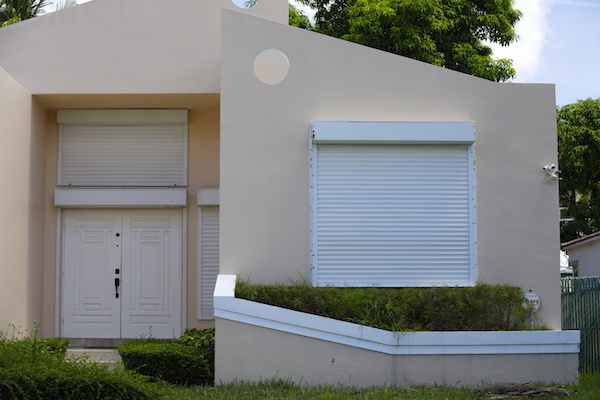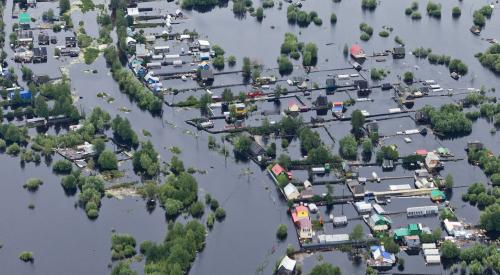Increasing resilience against natural disasters and climate change has become a top priority for every level of the government in recent years, according to NAHB. But when the International Residential Code was enacted in 2000 to protect residences from natural hazards, it excluded existing homes, which make up 80% of housing supply. Still, homes that are not built to withstand disasters can be retrofit to improve resilience through changes such as the attachment of shingles, a sealed roof deck, and hurricane shutters. Read more to see more retrofit improvements suggested by NAHB.
The benefits of retrofitting homes originally constructed to obsolete building codes or none at all to improve their resistance to blizzards, earthquakes, floods, hurricanes and wildfires far exceed the benefits that could be obtained from further increasing the already-stringent code requirements imposed on new homes by recent editions of the IRC.
NAHB’s Construction Technology Research Subcommittee worked with Home Innovation Research Labs to develop Retrofit Improvements – Making Homes Safer in Disasters, a series of two-page guidelines illustrating techniques for retrofitting existing homes to improve their performance against natural hazards. Targeted at homeowners, each guideline highlights the benefits of implementing the practice, the hazards addressed, considerations to discuss with a builder or remodeler, and the incremental costs of implementing the practice.











